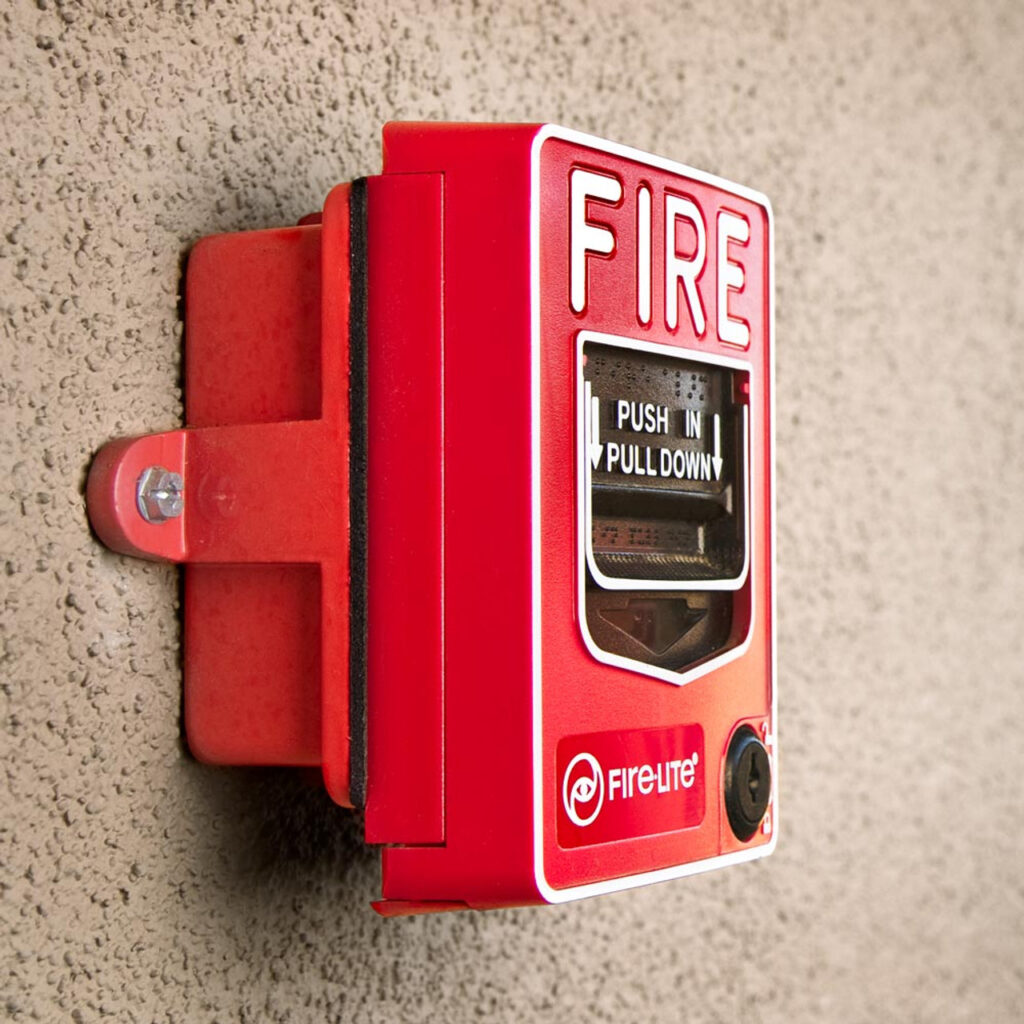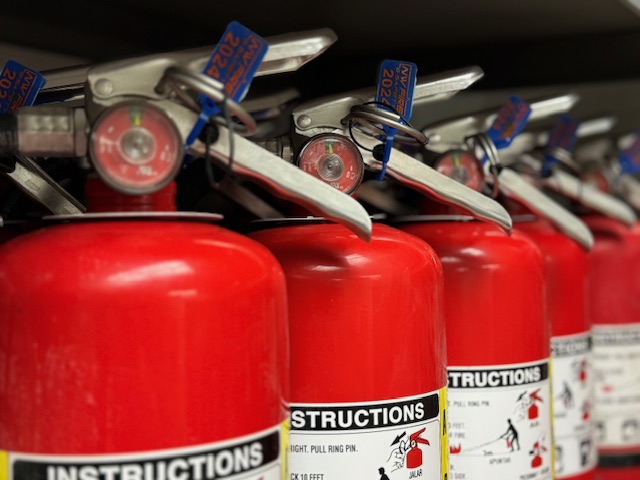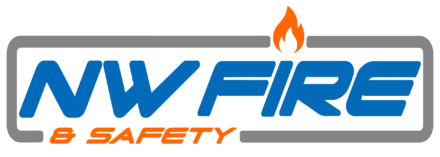Services
Fire Alarm Systems & Monitoring
From service call to monitoring, to complete system design & install, we do it all! We offer the most competitive rates in the state, and we would love the opportunity to provide you with our expert service!


Fire Sprinkler Systems
A well-maintained sprinkler system can stop a fire from spreading, reduce its intensity, and may even extinguish it altogether, all of which are critical for keeping overall business losses low.
Kitchen Fire Suppression
Restaurants, Schools, Hospitals, Body Shops, and many other organizations rely on their fire suppression systems to work as designed in the case of a fire emergency, Regularly scheduled maintenance is the number one step to ensuring that your system is in compliance and that it will operate as designed when necessary.



Fire Extinguishers
Fire extinguishers can be a small but important part of any fire safety plan. They can save lives and property by putting out a small fire or suppressing it until the fire department arrives. We ensure that your fire extinguisher will work when needed most!
F.A.Q.
Frequently Asked Questions
Maintenance inspections for portable fire extinguishers should be done once per year, according to OSHA 29 CFR 1910.157(e)(3). “Maintenance” means a thorough examination and repair, as needed, of all your facility’s portable fire extinguishers, as covered in NFPA 10(98), Sec. 4-4.
Annual fire extinguisher maintenance inspections should be performed by a professional fire protection company. These companies have the proper tools and training to ensure optimal compliance while recognizing and correcting any potentially hazardous situations. Once a fire extinguisher passes its annual maintenance, it is verified with a dated inspection tag. That tag is good for one year from the date indicated. If the unit fails to pass the inspection, it must be repaired or replaced.
In addition to monthly inspections, the commercial kitchen fire suppression system is required to be serviced by properly trained and qualified persons at least every 6 months. This service must include a test of all actuation and control components, including remote manual pull stations, mechanical and electrical devices, detectors and actuators to ensure that they are in operable condition. A visual inspection of fire alarm interconnect switches is also required. Fusible links of the metal alloy type and automatic sprinkler heads of the metal alloy type are required to be replaced at least semiannually. Fusible links of other than the metal alloy type and bulb-type automatic sprinkler heads are required to be examined and cleaned or replaced at least annually.
Fire alarm interconnect switches are required to be tested annually by mechanically or electrically operating the switch to verify receipt of a signal at the fire alarm control panel. This testing should be performed as part of the annual test conducted of the building fire alarm system.
Cylinders for wet chemical kitchen hood extinguishing systems must be hydrostatically tested every 12 years.
According to National Fire Protection Agency (NFPA) 101: Life Safety Code, all exit lights and emergency lights must be inspected and tested both monthly and annually.
Additionally, OSHA, the International Fire Code, and the International Building Code, and others, all provide codes regulating inspection and maintenance of your structure’s exit and emergency lighting.
Finally, your local authority having jurisdiction (AHJ) makes the final call on what standards and rules must be enforced and may add more of their own.
